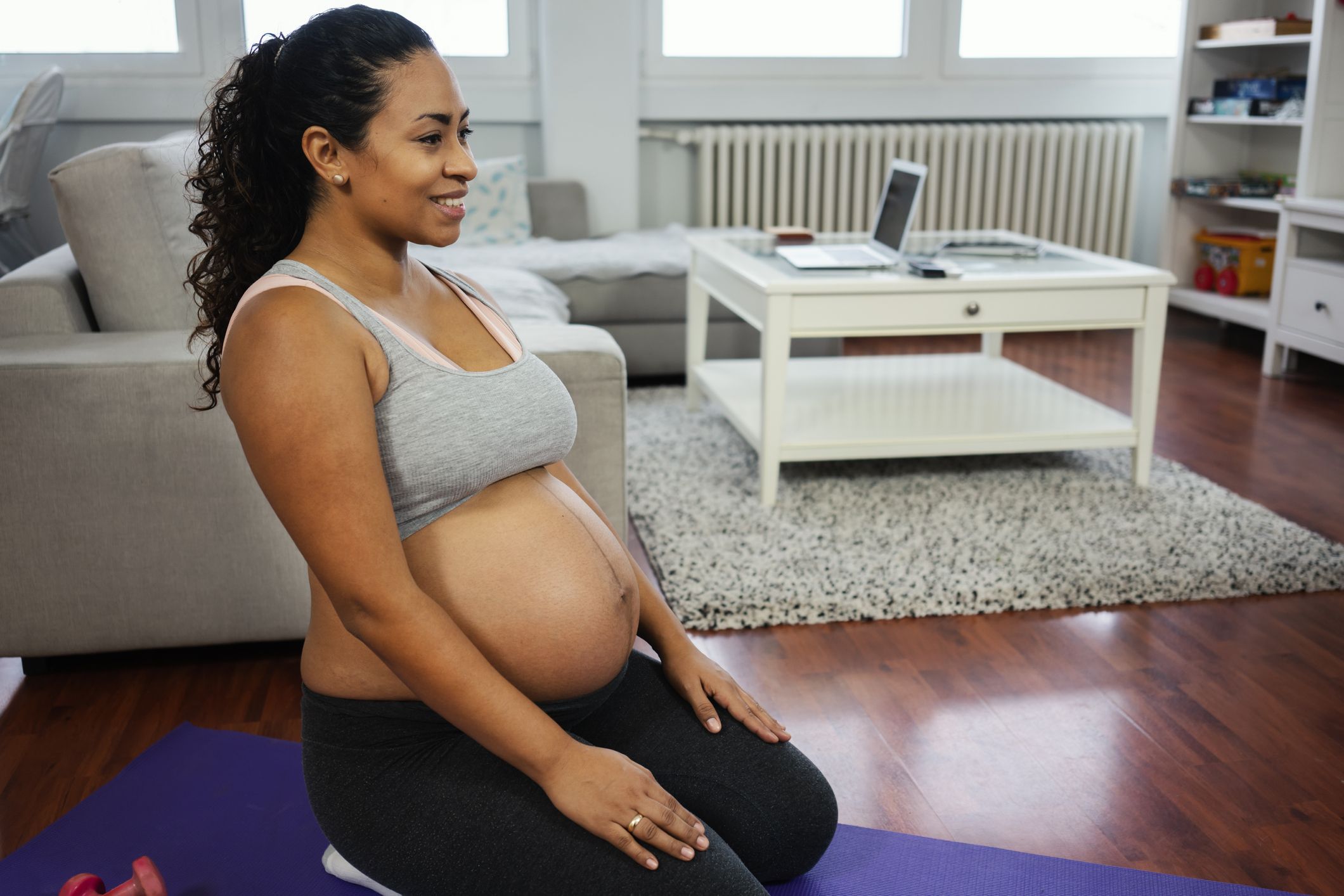Pregnancy brings profound changes to a woman’s body, but it doesn’t mean putting fitness goals on hold. In fact, staying active during pregnancy has become one of the most recommended practices by healthcare professionals worldwide. The American College of Obstetricians and Gynecologists now advises people with uncomplicated pregnancies to engage in aerobic and strength conditioning exercises before, during, and after pregnancy, aiming for at least 20-30 minutes per day on most or all days of the week.
Gone are the days when pregnancy was viewed as a condition requiring complete rest. Modern research has revolutionized our understanding, revealing that exercise during pregnancy is not just beneficial—it’s critical for the health of both parent and child.
Regular physical activity during pregnancy can reduce back pain, ease constipation, decrease the risk of gestational diabetes and preeclampsia, promote healthy weight gain, and improve fitness while strengthening the heart and blood vessels. The benefits extend beyond the mother to the developing baby as well. Exercise has been shown to improve placental function, leading to better oxygen and nutrient delivery to the fetus.
Studies indicate that babies born to mothers who exercise during pregnancy have higher APGAR scores, reduced risk of premature birth or low birth weight, and demonstrate a better ability to manage the stresses of labor while recovering more quickly. Understanding which exercises are safe and effective during each trimester empowers expectant mothers to maintain their fitness while ensuring the safety of their growing baby.
Safe Cardiovascular Exercises Throughout Pregnancy

Cardiovascular exercises form the foundation of a healthy pregnancy fitness routine. These activities strengthen the heart, improve circulation, and help maintain a healthy weight gain throughout all three trimesters.
Walking stands out as the most accessible and safest form of exercise for pregnant women. It provides a total body workout while being gentle on joints and muscles. Whether you’re a fitness beginner or an experienced athlete, walking can be easily incorporated into daily routines and adjusted to your comfort level. The beauty of walking lies in its simplicity—no special equipment is needed, and it can be done anywhere at any time.
Swimming and water workouts offer exceptional benefits during pregnancy. The water supports your increased weight, reducing stress on joints while providing resistance for muscle strengthening. Water exercises use many of the body’s muscles simultaneously while minimizing the risk of injury and muscle strain. Many communities offer specialized aqua-natal classes with qualified instructors designed specifically for pregnant women.
Stationary cycling provides an excellent cardiovascular workout while addressing safety concerns. As your belly grows, your center of gravity shifts, making regular cycling potentially risky due to balance issues. Stationary bikes eliminate fall risks while still providing the cardiovascular benefits of cycling.
For experienced athletes, jogging and running can often be continued during pregnancy with proper medical clearance. However, if you’re new to running, pregnancy isn’t the ideal time to start this high-impact activity.
Strength Training and Core Exercises for Expectant Mothers
Strength training during pregnancy focuses on maintaining muscle tone and preparing the body for labor and delivery. The key is choosing exercises that accommodate your changing body while building functional strength.
Squats are particularly valuable throughout pregnancy as they strengthen the quadriceps, glutes, and hamstrings—muscles essential for protecting your back and supporting your growing belly. Bodyweight squats can be performed safely throughout the entire pregnancy, with modifications as needed. Using a couch or chair as a guide ensures proper form and provides confidence in movement.
Modified pushups offer excellent upper body and core strengthening. Kneeling pushups are recommended over traditional pushups, as they reduce strain on the abdominal muscles while still targeting the chest, shoulders, and arms. This modification becomes increasingly important as pregnancy progresses.
Pelvic floor exercises are crucial throughout pregnancy and beyond. These exercises strengthen the muscles supporting your bladder, uterus, and bowel, which become increasingly important as your baby grows. Pelvic brace exercises, which combine pelvic floor contractions with gentle abdominal engagement, help prepare your body for labor while supporting your changing posture.
V-sits and supported core work can be performed safely with proper modifications. Using a balance trainer or fitness ball provides stability while targeting core muscles. These exercises help maintain core strength without placing excessive strain on the abdominal muscles.
Low-impact flexibility and Mind-Body Exercises

Flexibility and mind-body exercises play a vital role in pregnancy fitness by addressing the physical and emotional changes that occur during this transformative time.
Prenatal yoga has gained tremendous popularity for good reason. It reduces stress, improves flexibility, and teaches focused breathing techniques that prove invaluable during labor. Prenatal yoga classes offer modified poses that accommodate a pregnant woman’s shifting balance and growing belly. However, it’s important to avoid poses requiring you to lie flat on your back for extended periods, especially after 16 weeks.
Modified Pilates provides similar benefits to yoga while focusing more on core stability and strength. Prenatal Pilates classes teach safe modifications that support proper alignment and muscle engagement throughout pregnancy.
Stretching exercises help alleviate common pregnancy discomforts such as back pain, hip tightness, and muscle tension. Gentle, controlled stretching should be performed regularly, avoiding over-extension which can be risky due to increased joint laxity during pregnancy.
Exercise Safety Guidelines and Precautions
Safety remains paramount when exercising during pregnancy. Several important guidelines help ensure both mother and baby remain healthy throughout the fitness journey.
Medical clearance should always be obtained before beginning or continuing an exercise program during pregnancy. This is especially important for women with high-risk pregnancies or those new to exercise.
Hydration and temperature regulation are critical considerations. Drink plenty of water before, during, and after exercise, and avoid becoming overheated, particularly during the first trimester. Exercise intensity should be reduced on hot or humid days.
Listen to your body and avoid exercising to the point of exhaustion. You should be able to hold a conversation while exercising—if you can’t, slow down. Don’t exercise if you’re feeling ill or feverish.
Avoid certain positions and activities as pregnancy progresses. After 16 weeks, avoid lying flat on your back for extended periods. Contact sports, hot yoga, and activities with high fall risk should be avoided throughout pregnancy.
Proper support through appropriate clothing, including supportive sports bras and belly bands, can make exercise more comfortable and safe.
Trimester-Specific Exercise Modifications

Each trimester brings unique considerations for exercise modification.
The first trimester is often the best time to establish or maintain fitness routines. Energy levels may fluctuate, but most exercises can be performed safely. High-intensity interval training should be avoided as it can lead to early exhaustion.
The second trimester typically brings increased energy and reduced nausea, making it an ideal time for consistent exercise. Balance begins to shift, so modifications to standing exercises may be necessary.
The third trimester requires the most significant modifications. Balance becomes increasingly challenging, and exercises should focus on maintaining strength and preparing for labor rather than building intensity.
Regular exercise during pregnancy offers profound benefits for both mother and baby when performed safely and appropriately. By choosing suitable activities, following safety guidelines, and listening to your body, you can maintain fitness throughout your pregnancy journey while preparing for the demands of motherhood ahead.

